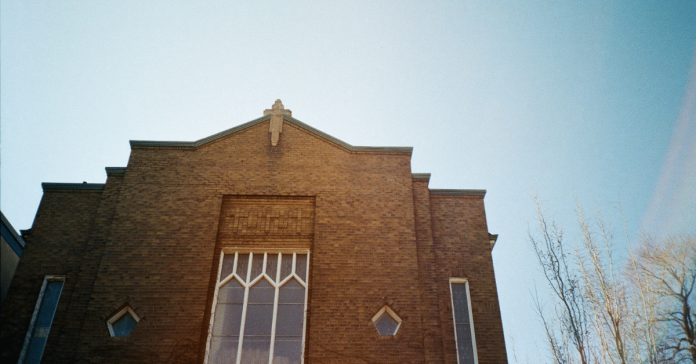Do you remember the first time your church responded to COVID? For most of us, it was early in 2020. Hundreds of thousands of churches closed their doors and stopped having in-person worship services.
Many of us thought it was a short-term problem, that in three or four months, we would be back to normal. Then we realized that the problem would not go away soon, so we began planning for quarantines of nearly a year or more. We began to realize “normal” was not coming back, and we did not know what a new normal might be.
Finally, most churches reopened, and people regathered. In July, we thought we had a new independence from COVID. Then came the delta variant, in many ways worse than the previous strains of COVID. Now, we see the omicron variant on the horizon, and we are waiting nervously to see what happens next.
It’s tough to live in such times. And it’s tough to lead in such times, especially if you are leading a mostly volunteer organization like a church.
Our team at Church Answers has been gathering data constantly to do everything we can to help churches and their leaders. Now, we are asking the question, “What if a COVID strain becomes a very long-term or even a permanent reality?” We don’t have all the answers. Only God has a clear view of the future. But we are sharing with leaders some implications for churches. Here are seven of them:
1. The new ideal capacity for worship space is 60% or lower. We no longer advocate that churches seek to get their worship space to 80% capacity. One of the COVID effects is people wanting greater personal space, even in crowds. While someone might make an occasional exception to attend a sporting event or concert, they do not want to be close to someone in a crowd every week.
2. Most churches should not combine existing worship services. Many churches added one or more services during the pandemic to provide greater social distancing. Members are urging those same churches to combine services to return to the good old days. In most cases, we recommend leaders not yield to the pressure. Social distancing in some form is here to stay.
3. Home groups will become a more significant challenge. We have been surprised to see the resistance to returning to home groups in many churches. Members do not desire the close confines, and the hosts are hesitant to bring different people to their homes every week. We are a big proponent of small groups, and we are concerned that this option may fade away.
4. If your church is not clean and sanitized, it will likely decline and die. This issue is no longer an option for churches. While every area of the physical facilities of churches should be clean, it is especially important for the children’s areas.
5. Digital services will remain a complementary option. The declining numbers of views in most churches are leading some leaders to discontinue digital services. We urge leaders not to shut down the streaming services but to look for new and innovative ways to connect with people through them. The church without a digital service in the months ahead will be like a church today without a website.
6. Horizontal growth will become more critical and common. Churches have typically grown through vertical growth, meaning that they try to get everyone to attend the “Sunday morning service at one site together.” In this COVID world, smaller is better for gathered worship, and smaller is made possible by offering alternatives to gather at times other than Sunday morning in the same place. This pivot might mean offering a Thursday evening service or adopting a declining church and growing at a new site.
7. Small foyers will be detrimental to growth. Again, the long-term COVID effect means people don’t like close proximity to each other in crowds. Many churches have such small foyers that attendees have to move through them quickly since there is little room. Church construction projects will increasingly seek to expand the foyer and, perhaps, decrease the size of the worship center.
We will continue to keep you updated on necessary pivots churches must make if it becomes more apparent that COVID is here to stay.
I would love to hear your thoughts on this trend.







